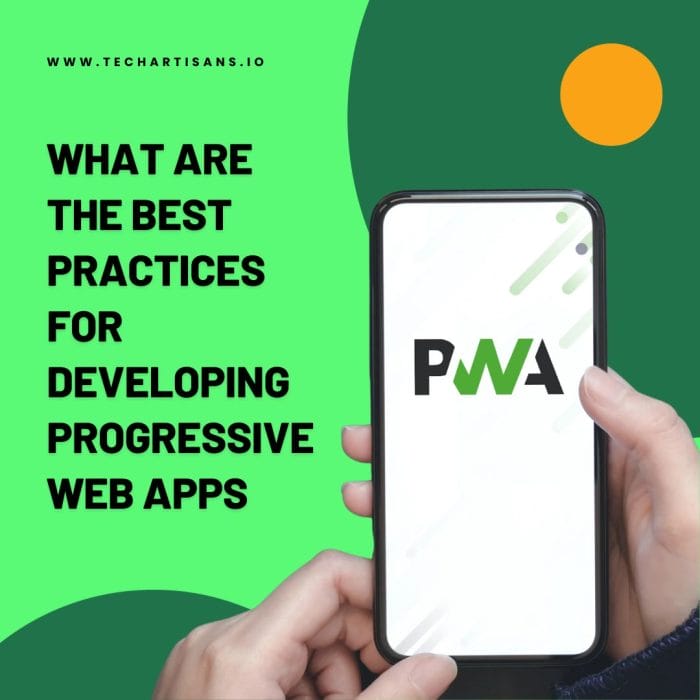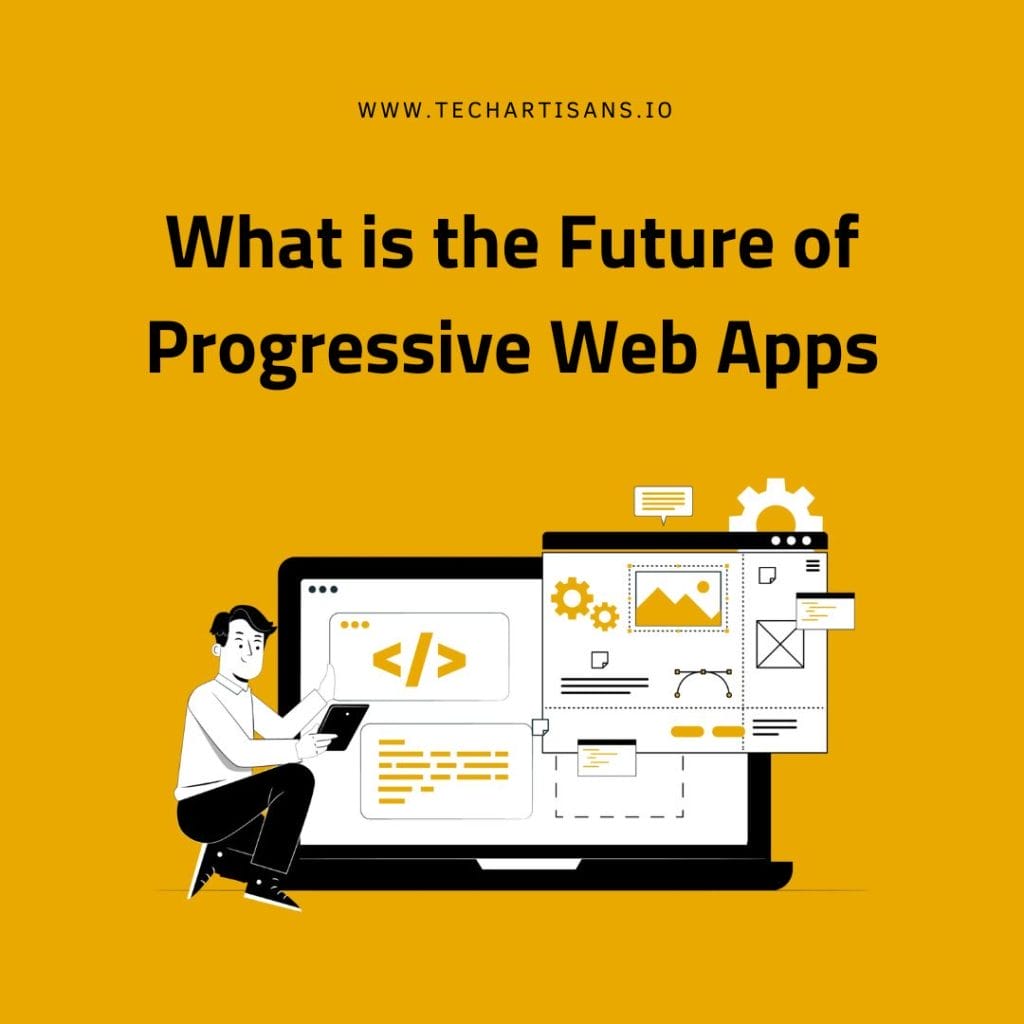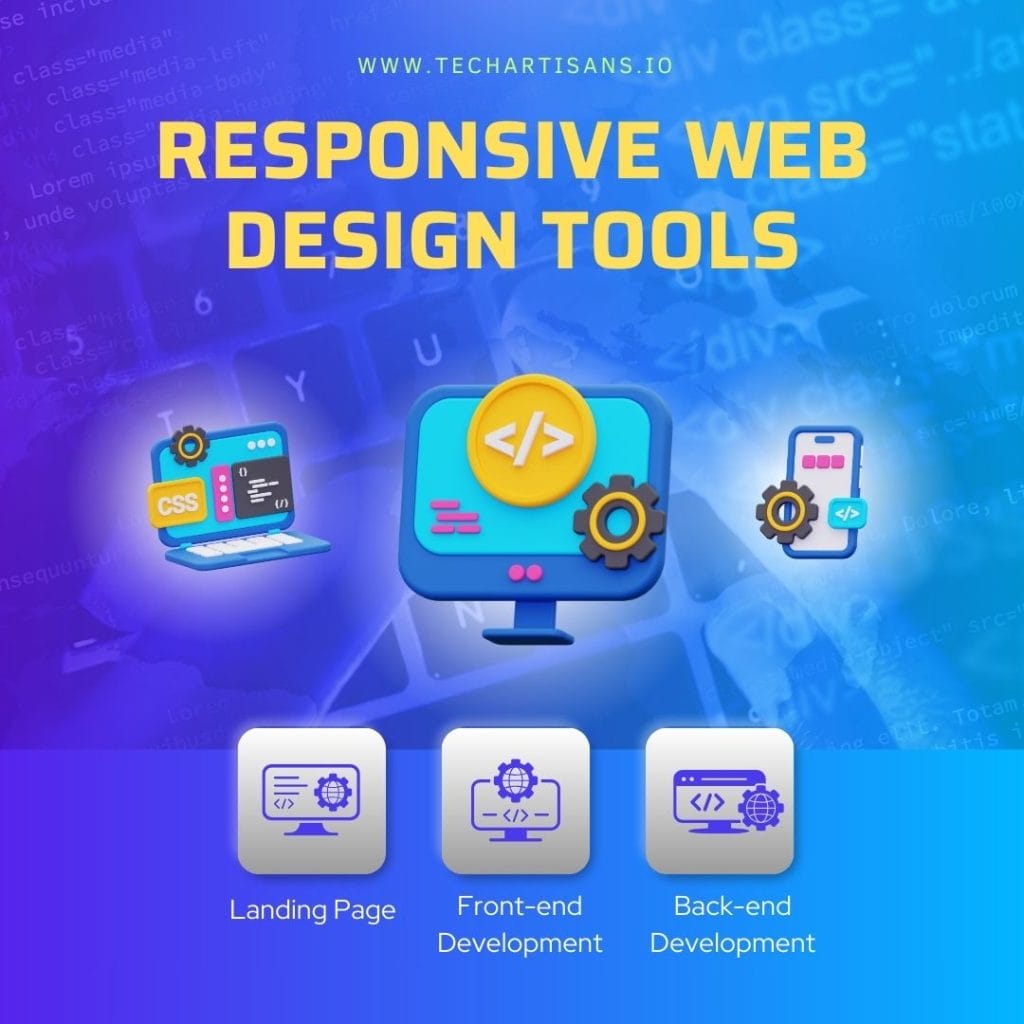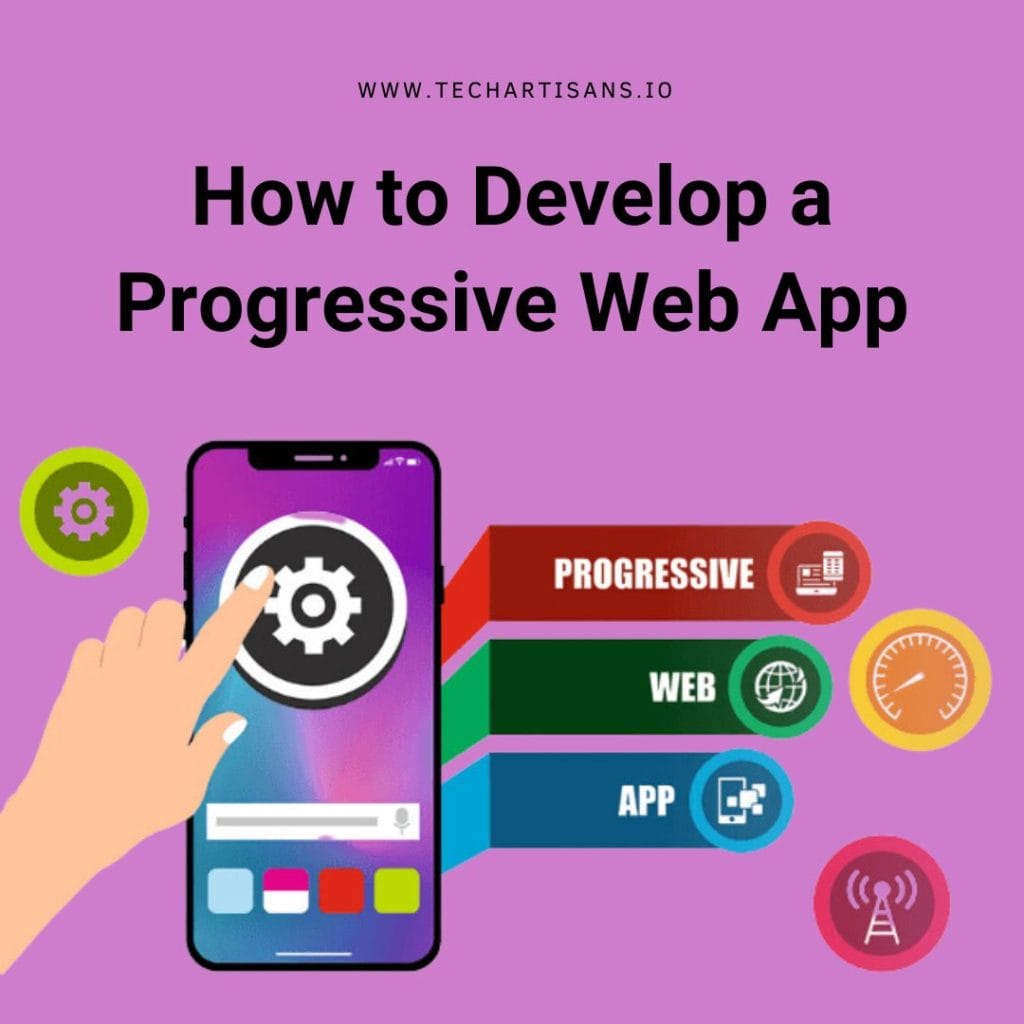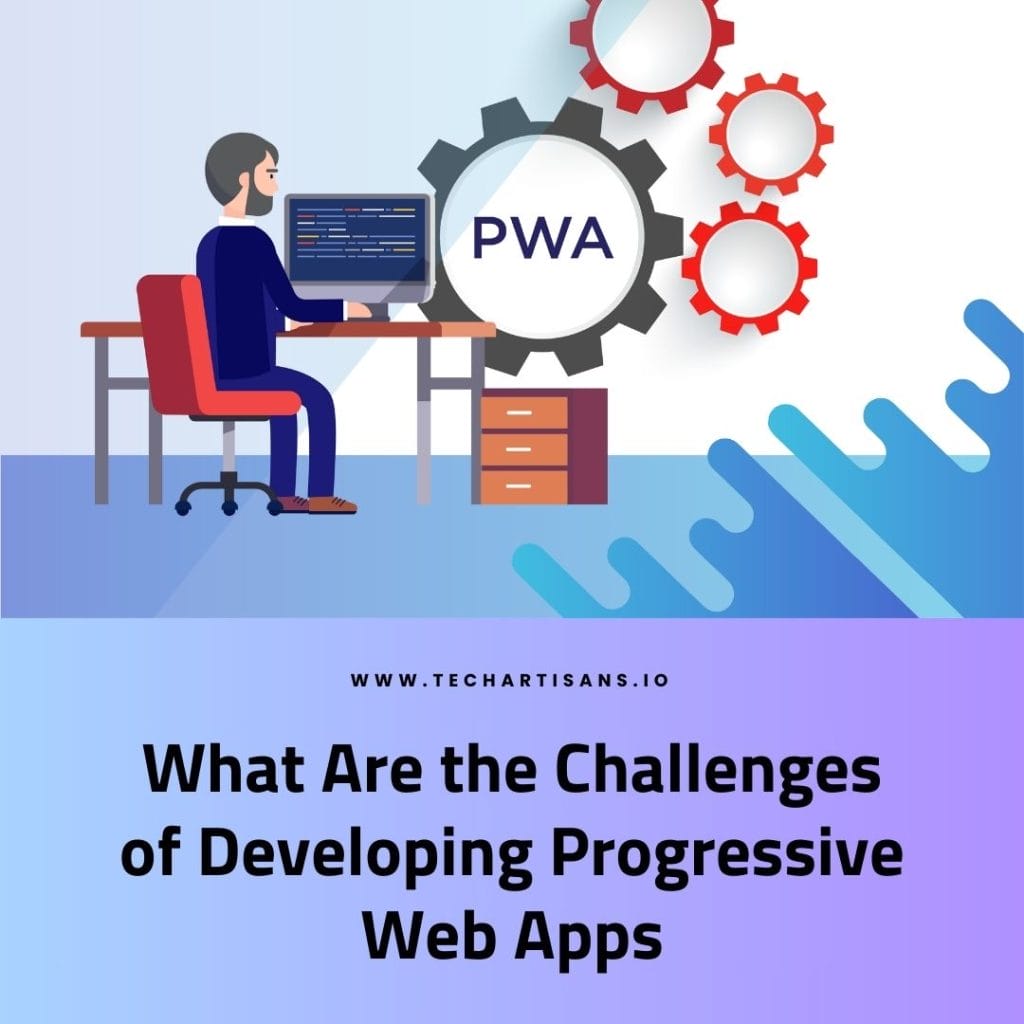Progressive Web Apps (PWAs) are a new standard in web development, offering a seamless, app-like experience on the web. They serve as a powerful tool for businesses, especially for small to medium-sized enterprises, driving user engagement and improving online presence. The significance of PWAs lies in their ability to function offline and provide an immersive user experience, thereby positively impacting business performance.
Designing for the User Experience
Designing for the user experience is paramount when developing Progressive Web Apps. It involves creating an intuitive and immersive interface that keeps the user engaged and satisfied. This includes fast loading times, smooth navigation, and a responsive design that adapts to any device or screen size.
Prioritizing Mobile and Desktop Experiences
When developing Progressive Web Apps, it’s crucial to prioritize both mobile and desktop experiences. This means ensuring your app is fully responsive, providing an optimal viewing and interaction experience across a range of devices. In doing so, you cater to a wider audience and offer a seamless user experience regardless of the device used.
Simplifying Navigation And UI Elements
Simplifying the navigation and User Interface (UI) elements is another best practice for developing Progressive Web Apps. The key here is to keep things straightforward and easy to understand. A simple, clear, consistent navigation structure helps users find what they’re looking for without any unnecessary confusion or steps.
Importance of Responsive Design for All Devices
Responsive design is fundamental in Progressive Web App development as it ensures the app fits and functions well on all devices. It offers flexibility and enhances user experience by automatically adjusting the layout to the device’s screen size, from desktops and laptops to tablets and smartphones.
Performance Optimization
Performance optimization is a paramount aspect of Progressive Web Apps, encompassing strategies to enhance your app’s speed, efficiency, and overall performance. By focusing on performance optimization, you can provide a fast, smooth, and reliable experience that keeps users engaged and encourages repeat visits.
Using Simple Fonts for Faster Load Times
Utilizing simple fonts is an effective strategy for speedier load times in Progressive Web Apps. While intricate fonts may appear more appealing, they often require more data to load, slowing down your app’s performance. Opting for simple, clean fonts can help reduce load times and enhance your app’s efficiency.
Implementing Cross-Browser Functionality
Implementing cross-browser functionality is essential for Progressive Web Apps, ensuring compatibility across various browsers such as Chrome, Firefox, and Safari. This means your web app functions consistently and effectively, providing a universally high-quality user experience, irrespective of the browser choice.
Techniques for Perceived Performance
Boosting perceived performance involves techniques that make your Progressive Web App feel faster, even if the actual load times remain the same. This can include implementing skeleton screens, optimizing critical rendering paths, and using lazy loading for heavy content. These techniques make the app feel more responsive, keeping users engaged during load times.
Engagement and Installability
In Progressive Web Apps, engagement and Installability are two key components directly impacting user experience and brand loyalty. They not only facilitate the user’s interaction with the app but also enable the app to be easily installed on any device, further augmenting your web app’s reach and effectiveness. Let’s delve deeper into the importance of these factors and the best practices to optimize them.
Encouraging Home-Screen Installation
Encouraging home-screen installation is a vital practice for Progressive Web Apps. It allows users to add your web app to their device’s home screen, providing easy and instant access. This not only enhances user engagement but also fosters brand visibility, much like a native app.
Designing for Less Distraction
Designing your Progressive Web App for less distraction and prioritizing content is crucial. It entails creating a design that highlights your key content and eliminates unnecessary elements that could distract the user. This focused approach keeps users engaged, increases content consumption, and subsequently enhances user satisfaction.
Leveraging Push Notifications and Offline Capabilities
Using push notifications and offline capabilities is another best practice for developing Progressive Web Apps that enhance user engagement and convenience.
Push Notifications: Push notifications are a powerful tool for keeping users engaged with your web app. They enable real-time communication, reminding users of important updates, offers, or new content. The key to successful push notifications is to provide value in every message, ensuring that users receive relevant, timely information that prompts them to interact with your web app.
Offline Capabilities: Implementing offline capabilities in your Progressive Web App is crucial for an uninterrupted user experience. Service workers can store critical app data in the cache, allowing users to access your web app without an internet connection. This creates a consistent and reliable user experience, significantly enhancing user satisfaction and loyalty.
By strategically incorporating push notifications and offline capabilities into your PWA, you can greatly improve its functionality and user engagement.
Offline Experience and Accessibility
A vital facet of robust Progressive Web App development lies in its offline experience and accessibility, which can significantly impact user satisfaction and engagement. Let’s explore how to optimize these aspects for a truly resilient and inclusive web app experience.
Providing a Custom Offline Page
Providing a custom offline page is a crucial component of optimizing the offline experience for your Progressive Web App. This page serves as a placeholder that is displayed when users try to access parts of your app without an internet connection. Rather than encountering an error screen, users are presented with a friendly, branded page that maintains the continuity of their experience.
Ensuring Accessibility For All Users
Ensuring accessibility for all users is a fundamental principle in Progressive Web App development. It involves designing and structuring your web app to be usable for everyone, including individuals with disabilities. This not only broadens your user base but also enhances user experience and satisfaction, reinforcing your brand’s commitment to inclusivity.
Supporting Deep Links For Easy Navigation
Supporting deep links for easy navigation is integral to Progressive Web App development. Deep links direct users straight to relevant content within your app, simplifying their journey and enhancing the user experience. This practice not only increases user satisfaction but also contributes to a more efficient and enjoyable browsing experience.
Security and Data Management
In Progressive Web App development, security and data management form the cornerstone of a trustworthy and efficient application. These aspects define how safe your user’s information is and how well the app performs under varied data load conditions. Let’s delve into the best practices for fortifying your PWA’s security and optimizing its data management.
Handling Data Securely And Efficiently
Handling data securely and efficiently is a critical aspect of Progressive Web App (PWA) development. The first step in achieving this is robust encryption, which involves converting user data into a code to prevent unauthorized access. Implementing HTTPS is essential in encryption, as it creates a secure channel over which data can be transferred safely.
Best Practices For Form Submissions And Data Input
In terms of form submissions and data input, it’s crucial to employ best practices such as utilizing input validation to ensure data accuracy, implementing user-friendly error messages to guide users, and employing auto-fill functions to streamline the process. These steps enhance your web app’s usability and instill trust in the user.
SEO and Discoverability
In the ever-competitive digital space, enhancing the SEO and discoverability of your Progressive Web App (PWA) is essential for driving traffic, increasing visibility, and reaching your target audience more effectively. Let’s explore the best practices for optimizing your PWA for search engines and improving its discoverability.
Ensuring PWAs Are SEO-friendly
Ensuring your Progressive Web App (PWA) is SEO-friendly is paramount for improving its visibility and discoverability. A key aspect of this is implementing server-side rendering (SSR). SSR allows your PWA’s content to be rendered on the server before it reaches the user’s browser, ensuring that search engine crawlers can effectively index your content.
Utilizing Deep Links For Better Indexing
Utilizing deep links for better indexing is a strategic approach to enhance your Progressive Web App’s discoverability. Deep links offer a direct route to specific content within your app, helping search engines accurately index your content and improving your PWA’s visibility in search results. This practice optimizes your PWA’s SEO, resulting in increased traffic and user engagement.
Testing and Quality Assurance
Quality assurance and rigorous testing are critical elements in developing Progressive Web Apps. These practices ensure optimal performance, seamless user experience, and robust security in your PWA, building trust and confidence among your users.
Importance of Testing Across Browsers And Devices
Testing your Progressive Web App (PWA) across different browsers and devices is crucial to ensure uniform functionality and user experience. It helps identify any browser-specific or device-specific issues, enabling a seamless interface for all users, regardless of their device or browser choice.
Using Tools For Performance And Quality Checks
Using tools like Lighthouse for performance and quality checks is paramount in Progressive Web App development. Lighthouse, an open-source, automated tool, allows you to assess your app for performance, accessibility, progressive web app standards, and more. It provides actionable feedback to improve your app’s quality, thereby elevating the user experience.
Maintaining and Updating Your PWA
Regular maintenance and timely updates are crucial in sustaining the efficiency and relevance of your Progressive Web App (PWA). By staying on top of these tasks, you can ensure your application remains compatible with the latest technologies and continues to deliver a superior user experience.
Updating Your PWA with the Latest Web Standards
Keeping your Progressive Web App (PWA) up-to-date with the latest web standards is crucial for maintaining its relevancy and functionality. It involves regularly updating your app’s code to adapt to new technologies, ensuring optimal performance and compatibility across all devices and browsers. This practice fosters a robust, future-proof application that consistently delivers a superior user experience.
Engaging With a Community For Support and Updates
Engaging with a community for support and updates is paramount in Progressive Web App (PWA) development. This involves actively participating in relevant forums, staying abreast with the latest trends and updates, and seeking expert advice when needed. Such engagement fosters continuous learning and improvement, ensuring your PWA remains efficient, relevant, and competitive.
Conclusion
Best practices for developing Progressive Web Apps involve effective navigation through deep links, ensuring robust security and efficient data management, making your PWA SEO-friendly, conducting thorough testing and quality checks, along with regular maintenance and updates. Embracing these practices will not only enhance user experience but also increase your PWA’s visibility and discoverability. As a business owner, integrating these practices into your web app development strategy can significantly elevate your digital presence and competitive edge.

